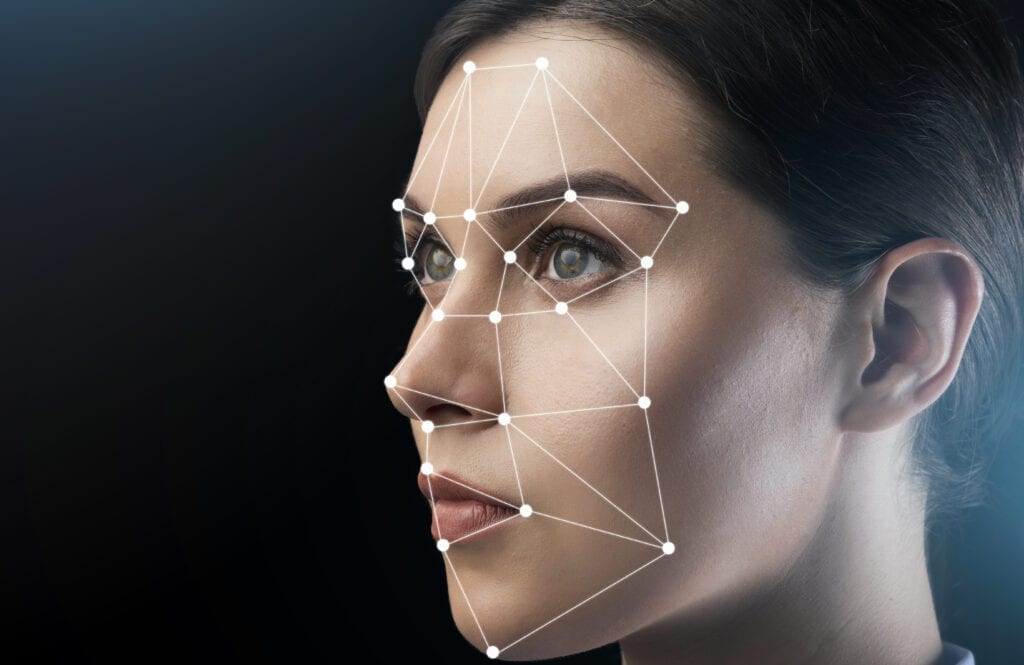
You have caught a company’s interest and they are ready to interview you. But you find out the first interview is going to be a video interview and there won’t even be an actual person on the other end. What do you do?
Unlike interviews via software platforms such as Skype or Zoom, which consist of a live interaction with an interviewer, AI interviews (artificial intelligence interviews) consist of a set of prompted questions that the job candidate answers via audio-video typically within a limited amount of time. The job candidate may or may not be given multiple chances to revise each answer before moving to the next question. After the candidate has completed recording all of his or her interview answers the software program will run a proprietary algorithm specific to that company’s interests and provide a score to the hiring manager.
AI interviews are conducted by different software platforms, such as Sonru, Wepow, and HireVue. The hiring manager will usually email the job candidate a link that can be clicked on at a particular time to start the AI interview process.
AI interviews can for some job candidates be a bit unsettling and awkward since you do not get the reaction from what you say that you would get if you were speaking to an actual person. There is also no reason to engage in small talk to establish rapport. So it’s best to just get right down to it and focus on how you will answer the questions that may come up, which tend to be standard interview questions you would find in a regular interview.
Craft Your Story
The best way to prepare to answer the questions that may come up is to think of your career story. Review the job description for requirements, experience, and tasks. Although keywords in your resume discovered by bots or a hiring manager likely led you to landing the AI interview, the AI interview itself will likely not so much be focused on your skill sets. This time the algorithm is likely more focused on finding a way to quantify your personality and character traits. It depends on what the particular company seeks and how the proprietary AI interview software is set up for that company. These traits can include emotional stability, agreeableness, leadership traits, extroversion, introversion, confidence, openness and more.
The best approach is to go through your overall job history and be able to narrate your career journey. Talk about what you’ve done to create successful outcomes at work and how those performances can apply to related tasks within the job for which you are interviewing. Think of specific successes, including numbers if possible, where you had a project or a problem to solve and how you found a solution. Practice weaving them into your answers to potential questions until it feels natural to you.
Practice How You Look and Sound
A hiring manager may take a look at the video at some point, so look and sound your best. Practice your interview skills just to see how you look on camera. Dress professionally, adjust the lighting, and record yourself answering hypothetical questions on your computer’s or cell phone’s built in video camera software. You can review your performance, voice and appearance and redo it until it feels natural and you look your best.
Dress: Dress professionally in solid colored clothing, but not black, white, or bright colors since they can be too harsh. Softer colors are better. Use light makeup and a bit of powder to avoid the appearance of shiny skin.
Lighting: Keep the natural sunlight in front of you as to not appear too shadowed. If you need more light on your face, set your computer screen to a brighter lighting setting to reflect onto your face and add inexpensive “clamp on” lights to either side of the computer. However, don’t add too much light to your face or you could look washed out.
Background: Keep the background simple and spaced at least arms-length behind you – the further back, the better. A simple bookcase, door, or drape in the background adds just enough interest.
Positioning: Prop up your laptop or computer monitor on books so that the webcam is at eye level and angle the webcam slightly downward for the best appearance. Sit up straight and not too far away. If you don’t have a webcam built into your computer you can buy one or use your cell phone, but place a cell phone in a stand (do not hold it in your hand). It should be at eye level and angled slightly downward.
Disposition: Maintain a pleasant disposition as you practice, smiling naturally every so often, and use a relaxed, natural eye contact on the webcam. Use a natural inflection in your voice, avoiding a monotone voice. Be yourself.
Hardware/Software: Make sure you understand ahead of time how you will access the interview, whether that means downloading the appropriate software or simply clicking on a link that was emailed to you. Make sure you have a stable internet connection. If you are unsure of the stability of your WiFi connection, connect the computer directly to the modem router. Make sure your laptop, or cell phone if you are using one, is charged and/or plugged in and your microphone is working.
Conclusion
If an AI interview is coming up, make sure you are prepared to present your accomplishments with your best, true, natural self in a professional manner. Best of luck!
